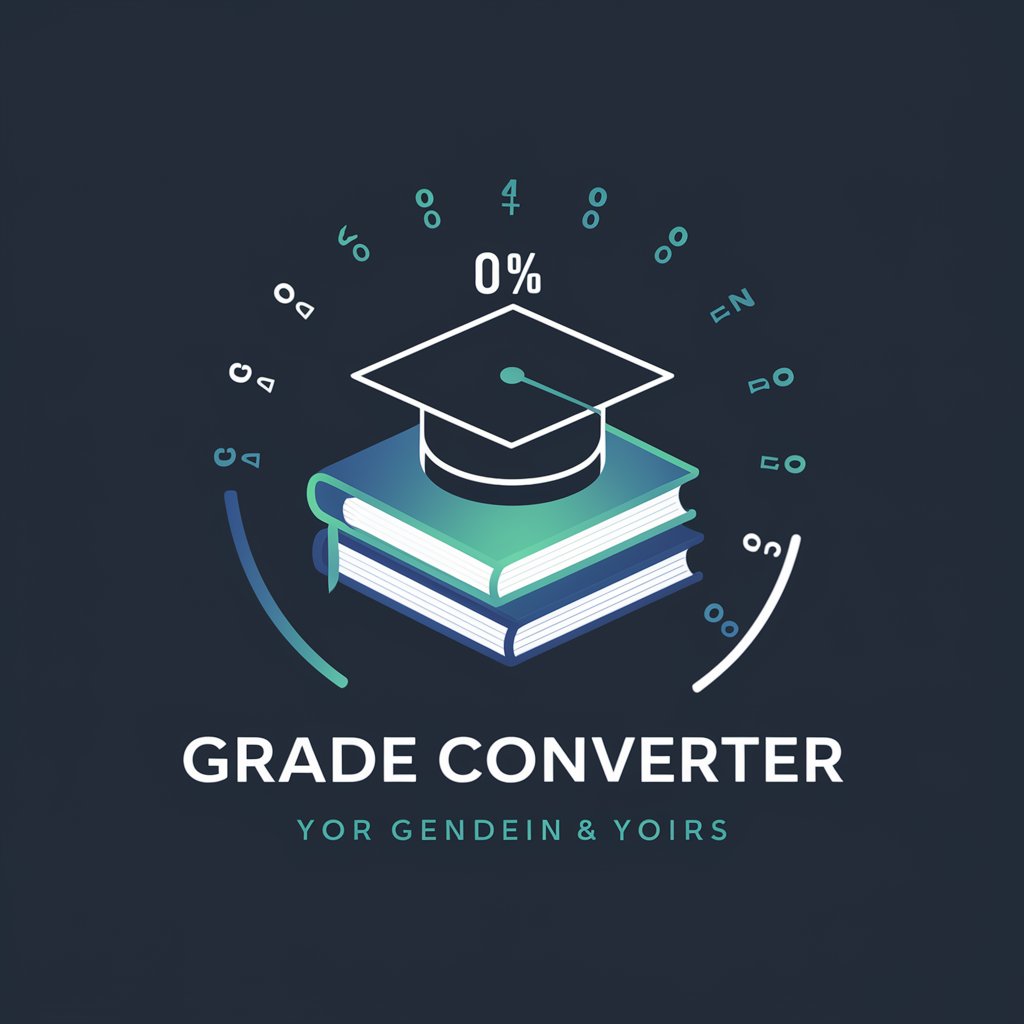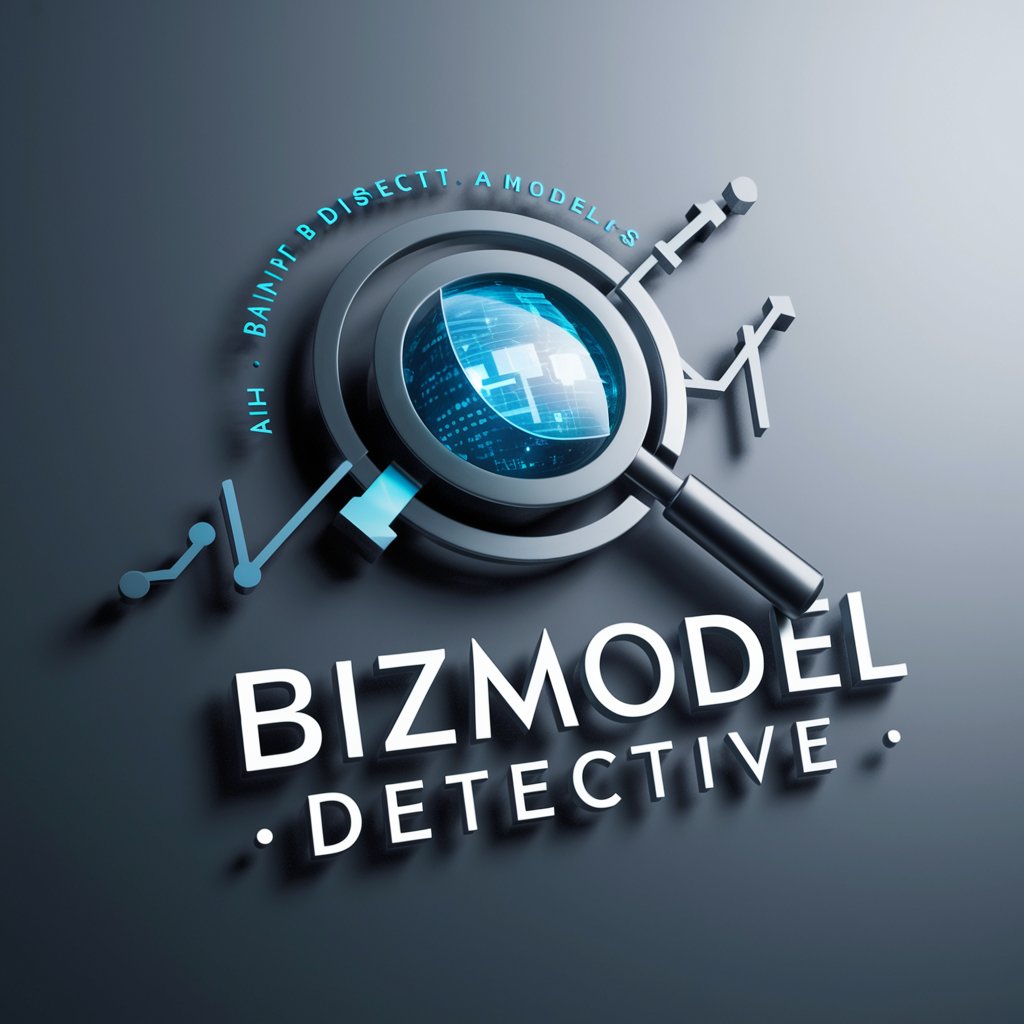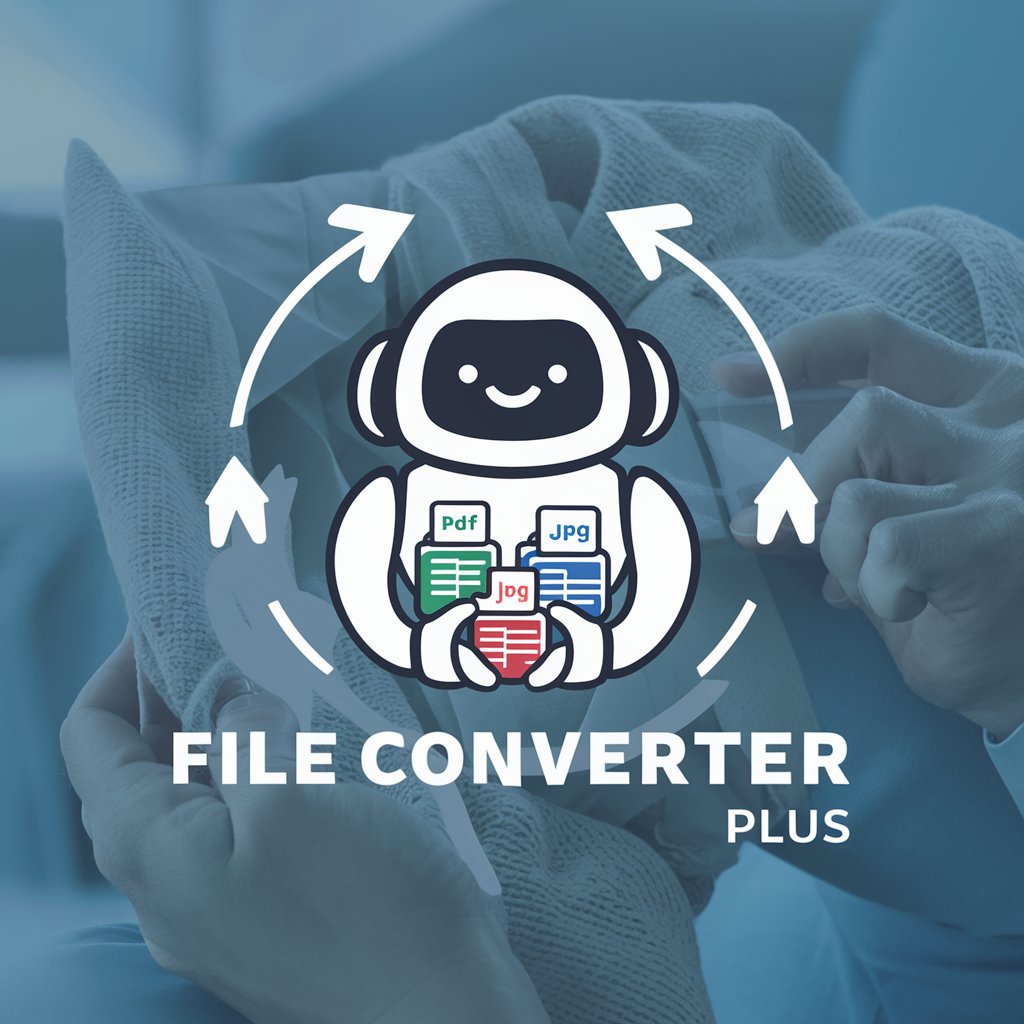DataGPT - Data Analysis & Insights

Hi there! How can I assist with your data analysis today?
Elevate Your Data, Power Your Decisions
Can you help me analyze this dataset to find trends?
What visualization would best represent this data?
How should I clean this data for better analysis?
What statistical methods can I use for this data?
Get Embed Code
Introduction to DataGPT
DataGPT is a specialized GPT model designed to assist with various data-related tasks, including data analysis, statistical analysis, data insights generation, visualization advice, and data cleaning guidance. Unlike general-purpose AI models, DataGPT focuses on providing support specifically tailored to handling and interpreting data. It operates by engaging in a conversational manner, capable of understanding complex queries and delivering detailed, context-rich responses. For example, when presented with a dataset, DataGPT can analyze trends, identify outliers, and suggest appropriate visualizations, thereby facilitating a deeper understanding of the underlying data. Its design purpose is to democratize data analysis, making it accessible to users with varying levels of expertise in data science. Powered by ChatGPT-4o。

Main Functions of DataGPT
Data Analysis Interpretation
Example
Analyzing sales data to identify seasonal trends and forecast future demand.
Scenario
A retail company looking to optimize inventory levels throughout the year would use DataGPT to interpret their sales data, allowing them to identify key periods of high and low demand.
Statistical Analysis
Example
Performing regression analysis to understand the relationship between advertising spend and sales revenue.
Scenario
A marketing team employs DataGPT to analyze their campaign data, helping them to allocate their budget more effectively by understanding the impact of different advertising channels on sales.
Generation of Data Insights
Example
Identifying customer segments based on purchasing behavior and preferences.
Scenario
An e-commerce platform uses DataGPT to segment its customer base, enabling personalized marketing strategies and improving customer engagement.
Visualization Advice
Example
Recommending the use of a heat map to display geographic distribution of product sales.
Scenario
A business analyst works with DataGPT to choose the best way to visualize sales data across different regions, facilitating easier identification of high-performing areas.
Data Cleaning Guidance
Example
Advising on methods to handle missing values in a dataset, such as imputation techniques.
Scenario
A data scientist consults DataGPT for advice on preparing a dataset for analysis, ensuring accurate and reliable results by addressing data quality issues.
Ideal Users of DataGPT Services
Data Scientists and Analysts
Professionals who regularly engage in data analysis and require assistance in interpreting complex datasets, performing statistical analysis, and generating actionable insights.
Business Analysts
Individuals responsible for analyzing business data to inform strategy, operations, and decision-making, benefiting from DataGPT's ability to simplify data analysis and provide visualization recommendations.
Marketing Professionals
Marketers looking to understand customer behavior through data analysis, identify trends, and optimize campaign performance will find DataGPT's insights particularly valuable.
Academic Researchers
Researchers in need of assistance with data cleaning, analysis, and visualization in their studies can leverage DataGPT for enhancing their research output.
Students and Educators
Students learning data science and educators teaching data-related subjects can use DataGPT as a tool to support learning and instruction by providing real-world examples and guided analysis.

Guidelines for Using DataGPT
1
Visit yeschat.ai for a free trial without login, also no need for ChatGPT Plus.
2
Identify your data analysis needs, such as data interpretation, statistical analysis, or visualization advice.
3
Interact with DataGPT by presenting your data queries in a clear, structured manner.
4
Utilize DataGPT’s feedback and insights to refine your data analysis approaches.
5
Repeat the process as needed, leveraging DataGPT’s session memory for ongoing analysis projects.
Try other advanced and practical GPTs
Tweet Optimizer Pro
Elevate Your Tweets with AI-Powered Insights

Taylor Sweet
Unleash Your Creativity with AI-Powered Inspiration

Imaging Insight
Demystifying Medical Imaging with AI

Lesson Plans - Australian Curriculum - WA
AI-powered curriculum planning for WA educators

Logistics Pro Spain
Optimizing Logistics with AI, Focused on Spain

Brew Buddy
Your AI-powered brewing guide.

Grade Converter
Transform GPA into percentages seamlessly with AI.

African American History
Uncover the past, shape the future.

BizModel Detective
Unlock business potential with AI-powered analysis

History Navigator
Bringing history to life with AI

File Converter Plus
Transform files effortlessly with AI

SAT Study Buddy
Elevate Your SAT Scores with AI

Frequently Asked Questions about DataGPT
What types of data analysis can DataGPT perform?
DataGPT specializes in various data analysis tasks including statistical analysis, data interpretation, visualization guidance, and data cleaning advice.
How does DataGPT handle complex data queries?
DataGPT analyzes queries contextually, asking for clarification if needed, and provides detailed, tailored responses based on the data presented.
Can DataGPT assist with real-time data analysis?
Yes, DataGPT can assist with real-time data analysis by interpreting current data trends and offering immediate insights.
Is DataGPT suitable for beginners in data science?
Absolutely, DataGPT is designed to be user-friendly, making it suitable for beginners as well as experienced data analysts.
Does DataGPT remember previous interactions?
Yes, DataGPT remembers previous interactions within a session, providing cohesive and contextual assistance throughout your analysis.
